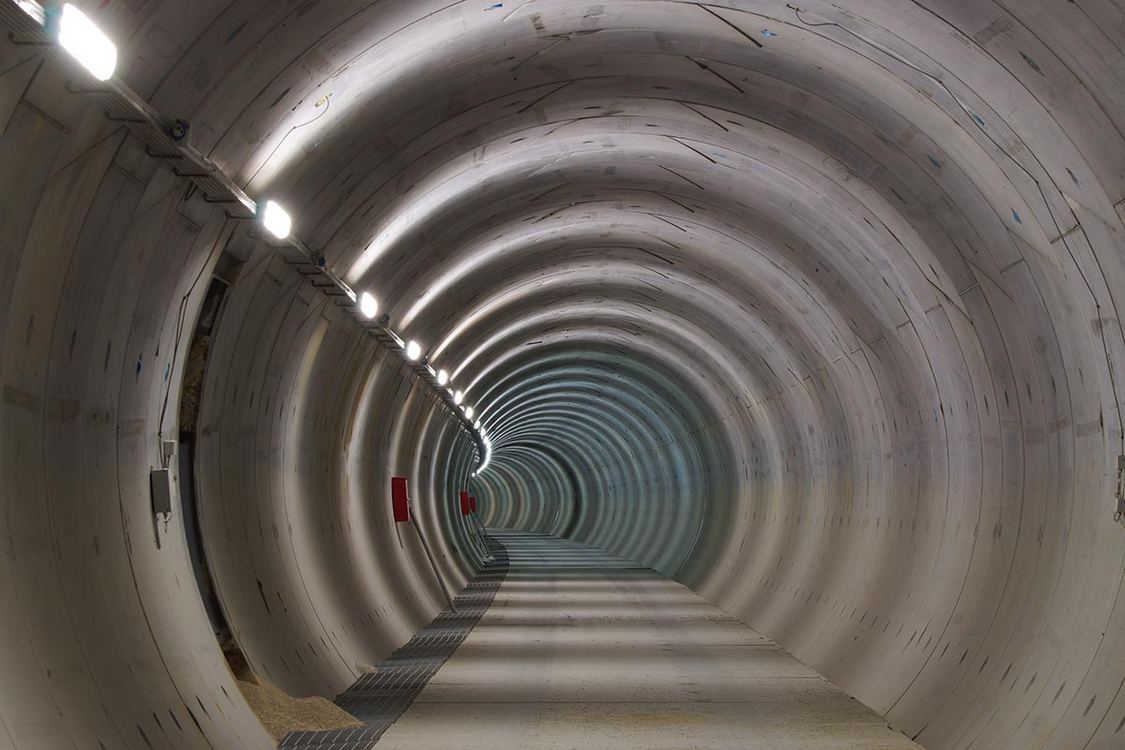

Scrap metal was commonly used as a raw material by PMT, according to the Indonesian outlet Antara News. It’s unclear how it may have become contaminated with cesium-137. Biegalski, whose area of expertise includes nuclear forensics, told CR that the “easiest explanation” is that a medical or industrial device containing cesium-137 was inadvertently reprocessed as scrap metal
https://en.wikipedia.org/wiki/Goiânia_accident
The Goiânia accident [ɡoˈjɐ̃njə] was a radioactive contamination accident that occurred on September 13, 1987, in Goiânia, Goiás, Brazil, after an unsecured radiotherapy source was stolen from an abandoned hospital site in the city. It was subsequently handled by many people, resulting in four deaths. About 112,000 people were examined for radioactive contamination and 249 of them were found to have been contaminated.[1][2]
The radiation source in the Goiânia accident was a small capsule containing about 93 grams (3.3 oz) of highly radioactive caesium chloride (a caesium salt) made with the radioactive isotope caesium-137, and encased in a shielding canister made of lead and steel.
On September 13, 1987, the guard tasked with protecting the site did not show up for work. Roberto dos Santos Alves and Wagner Mota Pereira illegally entered the partially demolished IGR site.[7] They partially disassembled the teletherapy unit and placed the source assembly in a wheelbarrow to later take to Roberto’s home. They thought they might get some scrap value for the unit.[1]
https://en.wikipedia.org/wiki/Ciudad_Juárez_cobalt-60_contamination_incident
A radioactive contamination incident occurred in 1984 in Ciudad Juárez, Mexico, originating from a radiation therapy unit purchased by a private medical company and subsequently dismantled for lack of personnel to operate it. The radioactive material, cobalt-60, ended up in a junkyard, where it was sold to foundries that inadvertently melted it with other metals and produced about 6,000 tons of contaminated rebar.[1] These were distributed in 17 Mexican states and several cities in the United States. It is estimated that 4,000 people were exposed to radiation as a result of this incident.[1]
Detection of radioactive material
On January 16, 1984, a radiation detector at Los Alamos National Laboratory in the U.S. state of New Mexico detected the presence of radioactivity in the vicinity. The detector went on because a truck carrying rebar produced by Achisa had taken an accidental detour and passed through the entrance and exit gate of the laboratory’s LAMPF technical area.
https://en.wikipedia.org/wiki/Samut_Prakan_radiation_accident
A radiation accident occurred in Samut Prakan Province, Thailand in January–February 2000. The accident happened when an insecurely stored unlicensed cobalt-60 radiation source was recovered by scrap metal collectors who, together with a scrapyard worker, subsequently dismantled the container, unknowingly exposing themselves and others nearby to ionizing radiation. Over the following weeks, those exposed developed symptoms of radiation sickness and eventually sought medical attention. The Office of Atomic Energy for Peace (OAEP), Thailand’s nuclear regulatory agency, was notified when doctors came to suspect radiation injury, some 17 days after the initial exposure. The OAEP sent an emergency response team to locate and contain the radiation source, which was estimated to have an activity of 15.7 terabecquerels (420 Ci), and was eventually traced to its owner. Investigations found failure to ensure secure storage of the radiation source to be the root cause of the accident, which resulted in ten people being hospitalized for radiation injury, three of whom died, as well as the potentially significant exposure of 1,872 people.[1]
https://en.wikipedia.org/wiki/Theft_of_radioactive_material_in_Tammiku
The theft of radioactive material in Tammiku, often called the Tammiku nuclear accident, took place in 1994. Three brothers in Tammiku, Männiku, Saku Parish (Harju County), Estonia, who were scrap metal scavengers, entered a fenced area in the woods and broke into a small shed that was seemingly abandoned (after having had no success with entering a larger building inside the area), with stairs leading to an underground hall. The brothers did not know that the buildings were nuclear waste storage facilities (although there were signs at the gate, they did not see them because they had climbed over the fence elsewhere). One of the brothers, Ivan, suffered a crush injury when a drum fell onto him. The brothers placed some pieces of metal into their pockets and went home, planning to return later. Ivan placed a metal cylinder in his pocket, not knowing that it was a strong caesium-137 radioactive source that was released from a container broken by the falling drum.[1] He received a 4,000 rad whole-body dose and died 12 days later.[2] Only after Ivan’s family’s dog died, and Ivan’s stepson showed radiation burn of his hands (as a result of briefly touching the cylinder), was the cause of Ivan’s death identified. The delay in information was due to the brothers’ reluctance to admitting to the break-in.[3]
While we’ve often — not always — managed to label radiation sources, in general, people scrapping metal stuff, often stealing it, haven’t done the best job of understanding or following related rules.













My kneejerk reaction was “it’s not going to do much” too, but I’ve kind of mulled it over and I’m kind of inclined to feel more charitable towards the Portland stuff.
What did the Trump administration want when it was sending National Guard out? Images of conflict, material that they could use to show that there was some dire threat and dangerous criminality that the administration was handling. They got footage of a frog air-humping and some nude bicyclists that’s basically useless for that.
Looking at Fox News’s front page, they have:
and
Which I think even the most die-hard MAGA fan is going to have a hard time getting too worked up over.
And it did accomplish some of the goals that a protest in that it helped build make visible that there were people who did object to what was going on.
I’m not sure that it was the absolute, optimal thing to do, but it might have been reasonably-canny.